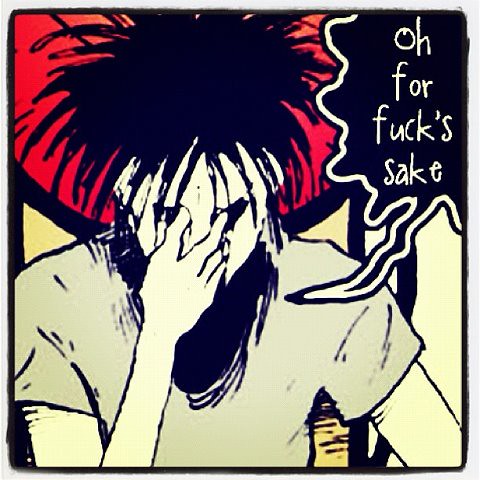
All right, it may sounds a bit controversial. Dear students, sometimes you can just forget about the rules of reading Polish sounds. It’s all about the letter „ę” who is guilty of all the confusion. But, let’s start with some basics.
The Polish alphabet is almost entirely phonetic. It means that most of the sounds are read exactly like they were written. An example? Her you go!
To write the following sentence:
Ten dom jest duży.
I need 14 letters. So how many phones should we pronounce to read this sentence? Of course – 14 phones.
Naturally, there are some exceptions. The most common concern the diphtongs: cz, sz, rz, dż, dź i ch. In that case one sound is represented by two letters.
So where is the problem with the „ę”? Well, a lot of people read this letter as „ę” regardless it’s place in a word. It’s a huge mistake. Emphasizing the „ę” especially in the end of a word leads to sound like a snob.
How to avoid it? Just remember this simple rule: the „ę” in the end of a word changes into „e” (or nasal „ę”).
Dziękuję [dziękuje]
Lubię cię [lubie cie]
Piszę tę notatkę [pisze te notatke]
So, avoid to emphasize the „ę” in the end of a word and surely you’ll sound more like a good pal than an old lady 😉

 Polski
Polski